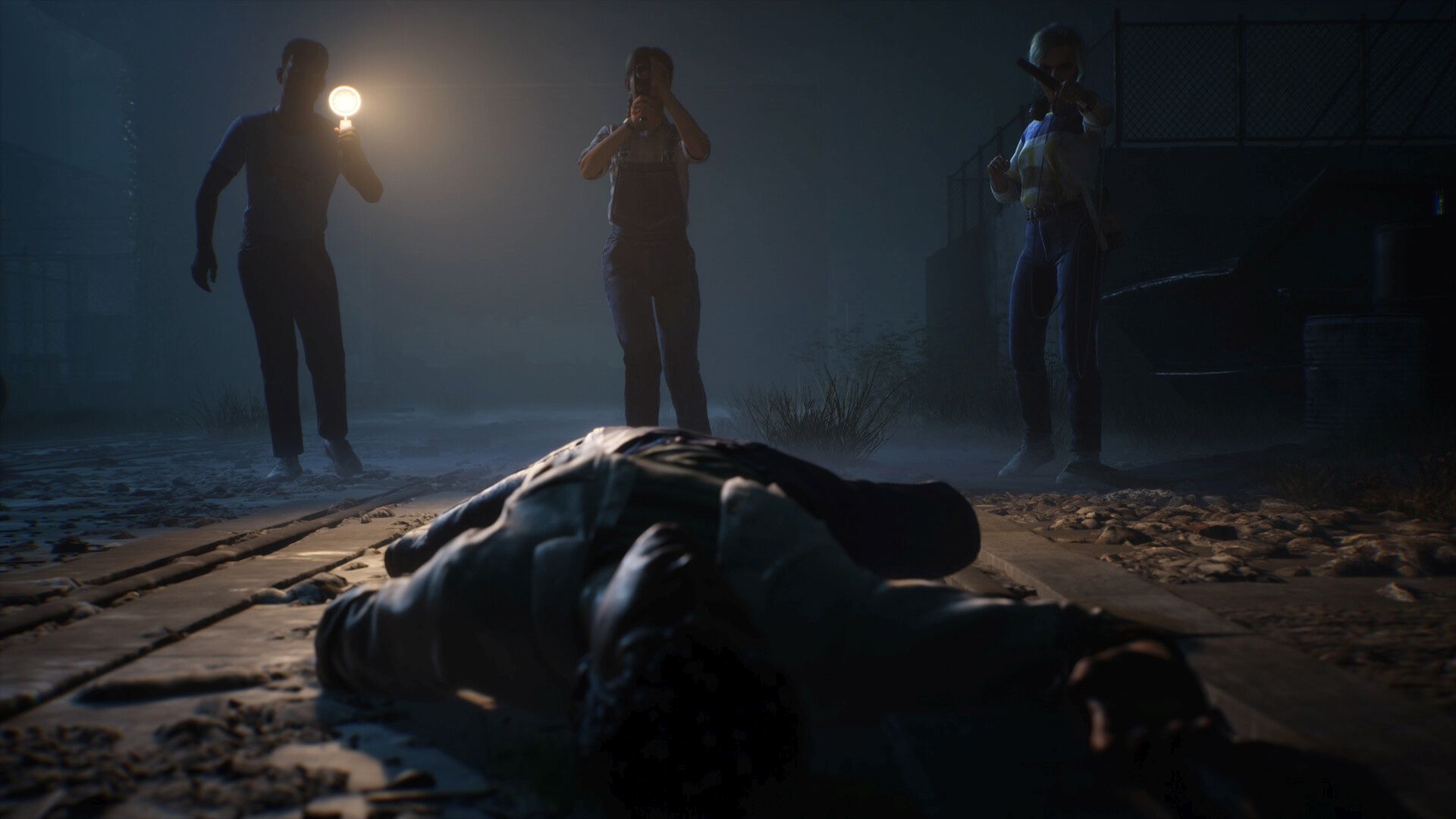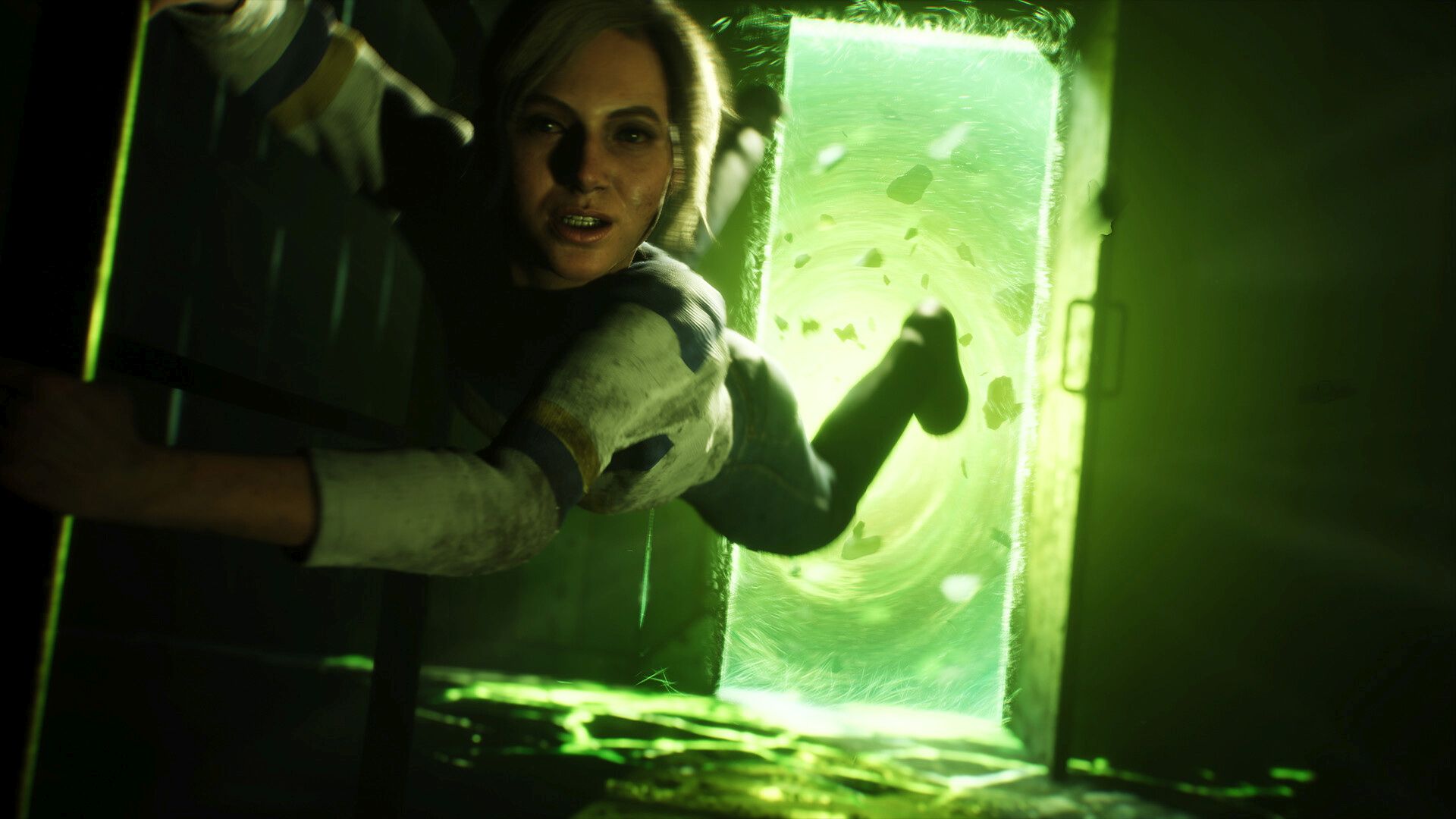The Casting of Frank Stone Review
Strange and it sounds, horror is a little like humor. What I think is hilarious might leave you unsmiling. What terrifies you might make me laugh. Sometimes a story or game comes along that manages to cast a wide enough net that nearly everyone can buy in. Supermassive’s The Casting of Frank Stone isn’t just a horny-teens-in-peril gore-fest. Ok, it has elements of that genre too. Instead, it goes for the slow, methodical build up, with mystery and menace building in every frame. The Casting of Frank Stone is heavy with plot points and surprises. I’ll be as cagey about spoilers as possible.
Who Done It? And Why?
Like all of Supermassive’s recent games, The Casting of Frank Stone is a narrative heavy action adventure game. Its strong focus on character development, branching player choices and decisions have a lasting impact on the narrative, even to the point of killing off main characters. There are no right or wrong choices. It’s sometimes impossible to second guess what the game is going to do. Any player who becomes even casually invested in the story and characters will agonize over every choice. Of course, the game rarely allows for a leisurely decision. Instead, most choices come prompted by a quick time event and a helping of tension.
For The Casting of Frank Stone, Supermassive introduces a mechanic called the Cutting Room Floor, allowing players to see the web of choices, rewind the narrative and make different decisions. The feature is available in the Deluxe Edition, or in the base edition after the first play through. That makes sense. Having a do-over is interesting, but it does take away a bit of the tension.

Most mystery and horror games are built around illusion, deception and hidden motivations. That’s certainly true of The Casting of Frank Stone, where every character seems to harbor a catalog of secrets. Very generally, the story concerns the repercussions of a series of abductions and murders in a small Oregon town in 1963. Jump to 1980 and a group of high school friends making a horror film in and around the derelict steel mill where the killer was confronted, and jump again to the present day. Three seemingly unrelated people have been invited to the spooky English mansion of a mysterious collector. Each guest brings with them the piece of a puzzle and relationships to each other they’re unaware of.
Stories within Stories
One of The Casting of Frank Stone’s most interesting, successful — and most cinematic — narrative device is its nested stories and the way it jumps between timelines. It isn’t an innovative technique but the game handles it very well. Both the group of characters in 1980 and the quartet of present day characters are immediately intriguing. Genre fiction is built on character types and then works to undermine our expectations. That’s certainly true in The Casting of Frank Stone.
Many of Supermassive’s narrative horror games include groups of teens or young adults, but in The Casting of Frank Stone they’re less concerned with hooking up and partying. The quintet of teens making the 8mm horror flick have some romantic entanglements but they’re also smart, ambitious, insecure and vulnerable. Likewise, the more mature, present day characters — especially Linda, the infamous director of cult horror classics — are well written and believable. All of the present day characters have connections, sometimes surprising, with the 1980s group.

Although it’s in an entirely different genre, Supermassive has marketed The Casting of Frank Stone as being explicitly related to Behaviour Interactive’s multiplayer survival horror game Dead by Daylight. Players of The Casting of Frank Stone don’t need to have played Dead by Daylight, but there are Easter eggs and references hidden throughout, not to mention a fairly important plot construct.
Film School
All of Supermassive’s games explicitly copy the visual storytelling techniques of movies. In The Casting of Frank Stone, this is even more important, as the teens’ 8mm movie camera has the function of revealing hidden secrets. It’s a bit of a gimmick but hey, video games need ways for the players to interact with the story. Speaking of which, the game features a lot of Quick Time events, some of which are unexpected and take the form of minigames, or “skill checks,” in the game’s vocabulary.
When it comes to character design and voice acting, Supermassive continues to set the standard. While the script contains a few awkward lines the acting is unimpeachable. The excellent presentation extends to the game’s audio in general and its pitch perfect musical score, which is tense and understated.
The game’s opening chapter is a tutorial of sorts, and sets up the narrative through typical horror film jump scares, explicit gore and tense action. After that, The Casting of Frank Stone settles in for a very long stretch entirely devoted to plot and character. Players looking for violence and action and a dopamine rush every few minutes might get impatient. However, I really enjoyed the murder-mystery build up to what comes later in the game.
Legacy Gaming
The Casting of Frank Stone takes a more measured approach to storytelling than The Dark Pictures Anthology, Until Dawn or The Quarry. It spends a long time getting to know its relatively small cast. When the scares and horror really kick in, they pack a punch because we’ve come to care about the characters. Excellent cinematic visual direction, an engaging mystery and top-notch voice acting are the stars of a game-slash-movie easily worth the price of a ticket.
***PS5 code provided by the publisher for review***
The Good
- Great voice acting
- Interesting characters and story
- Cinematic art direction
- Effective music
The Bad
- A few graphical hiccups
- Opening hours are a slow build

